Stemphylium Gray Leaf Spot of Tomato
Pest: Stemphylium Gray Leaf Spot of Tomato Gray leaf spot can be caused by several fungal species in the Stemphylium genus. Stemphylium solani and S. lycopersici are most common in North America, but S. botrysum also causes the disease. Gray leaf spot is typically considered to be most prevalent in humid tropical and subtropical regions,
